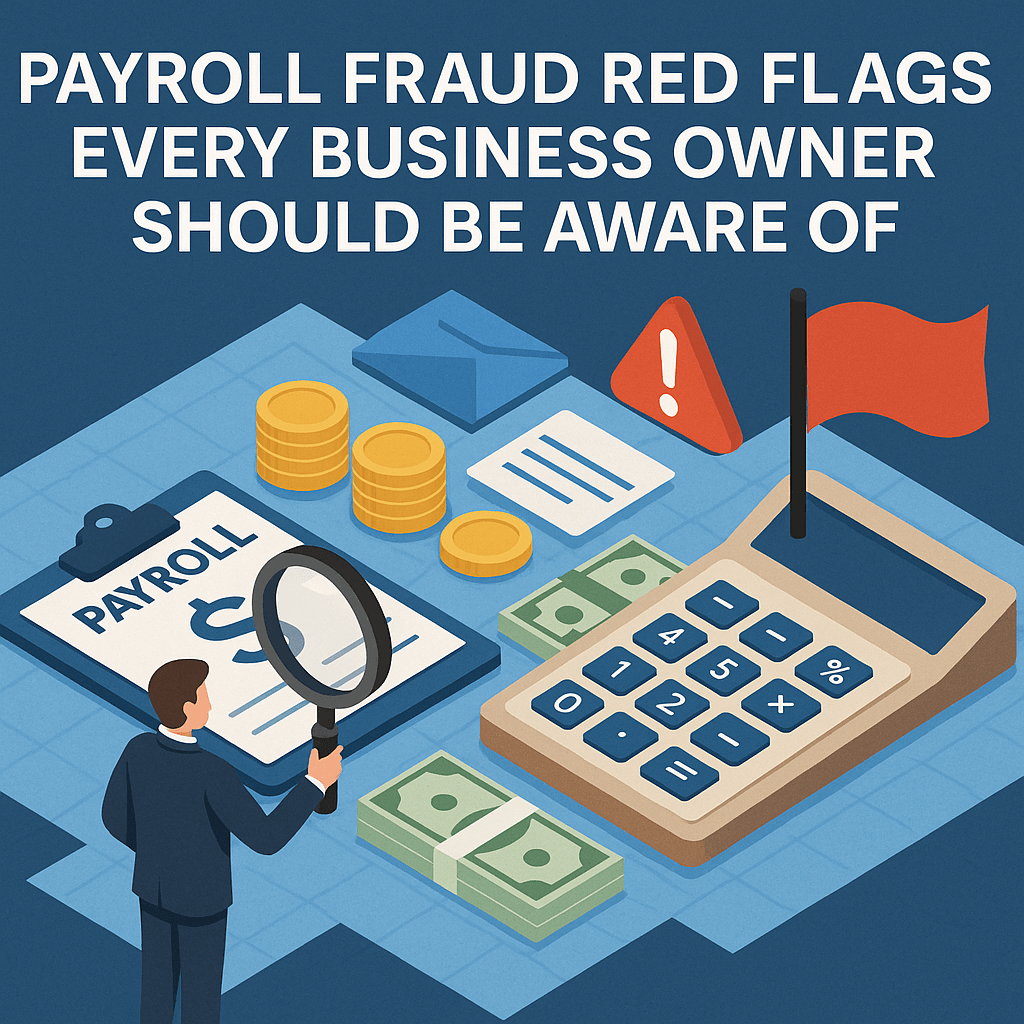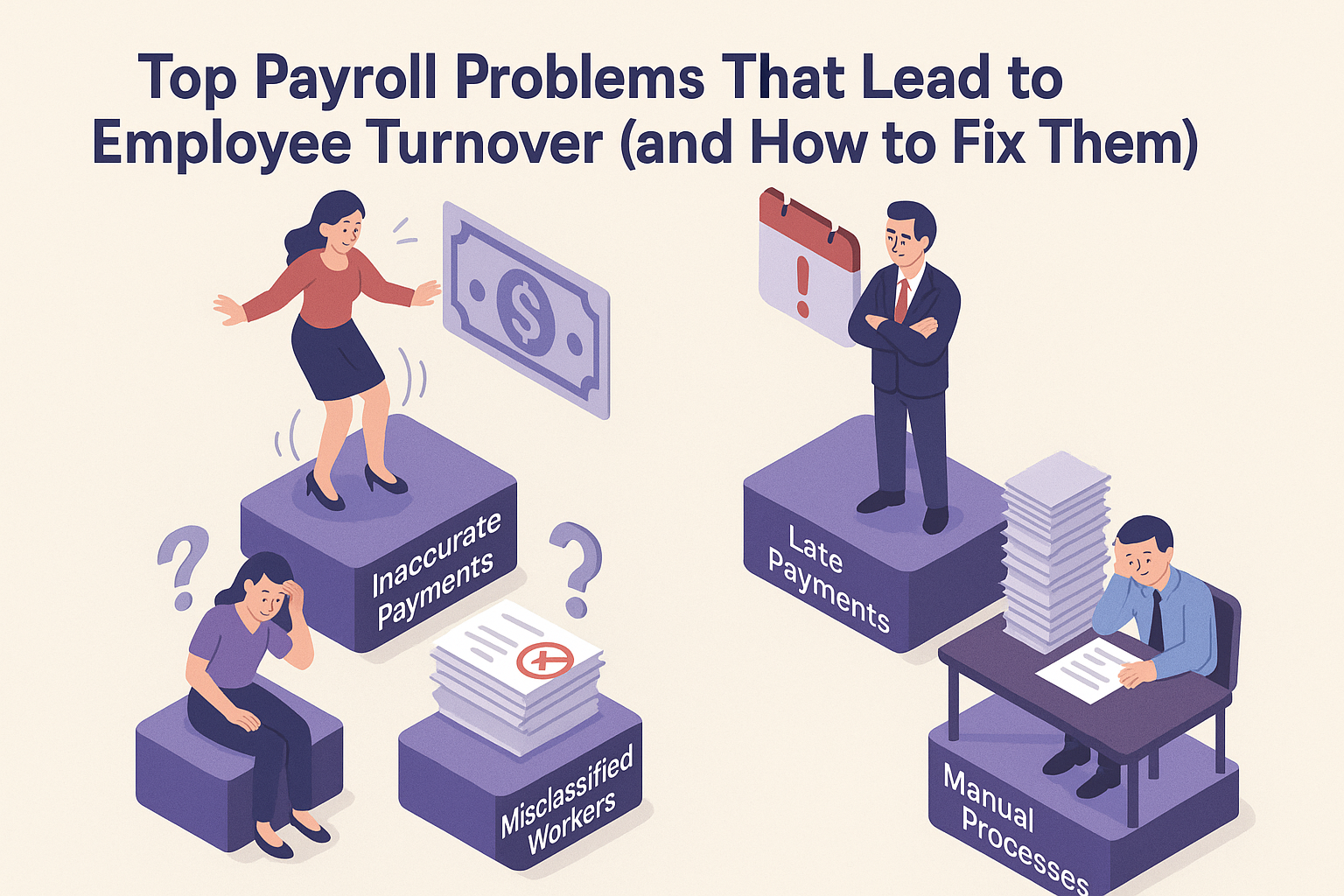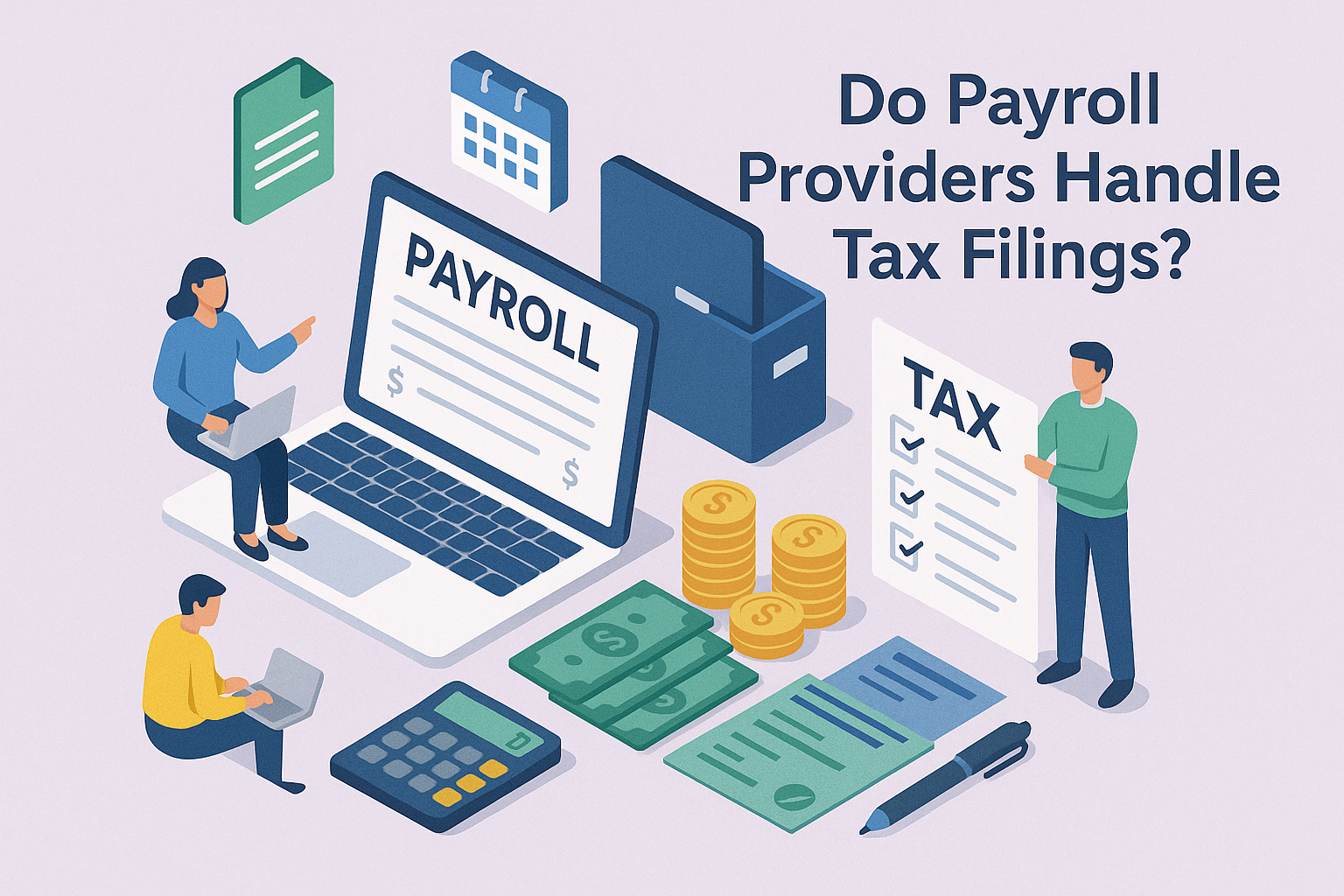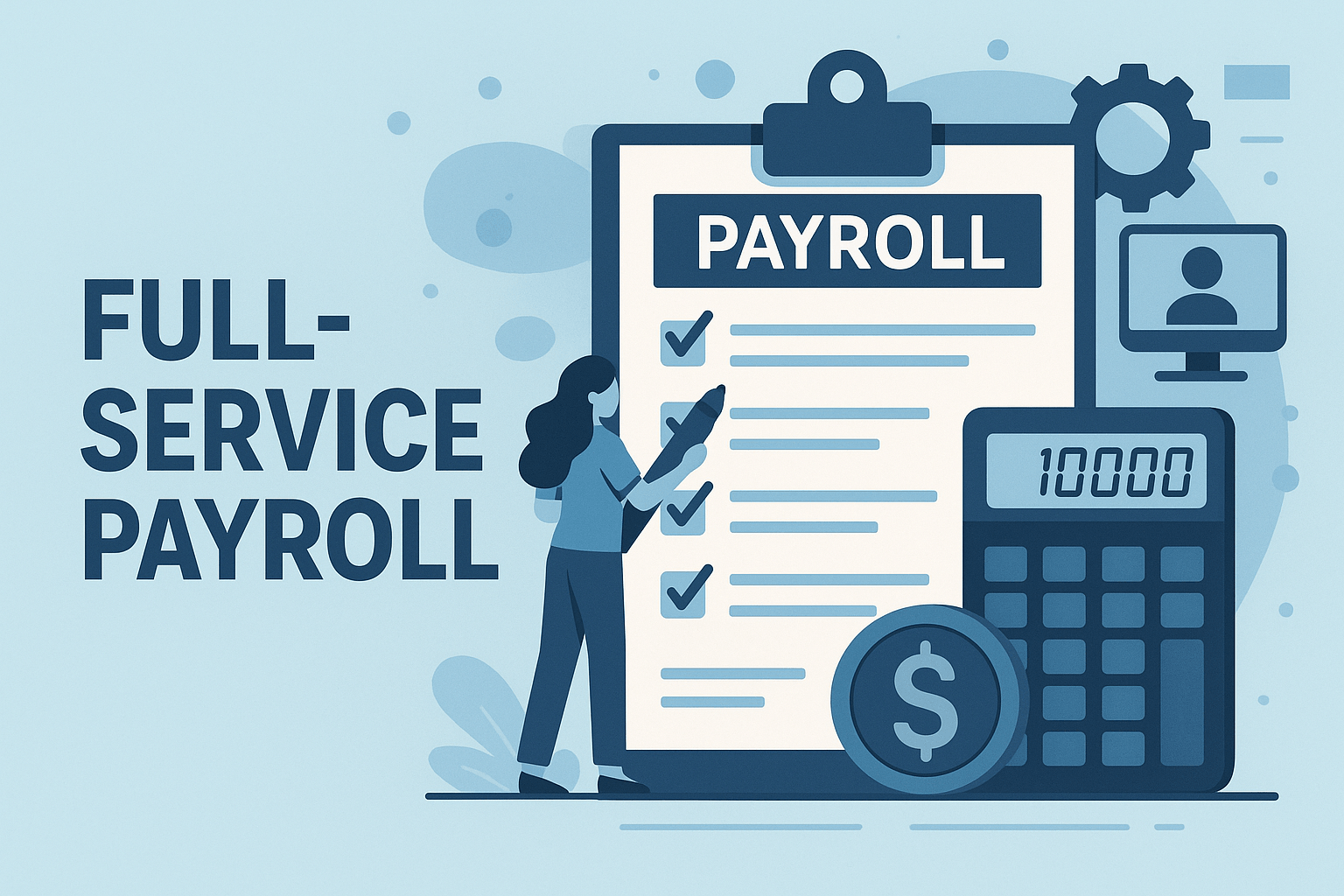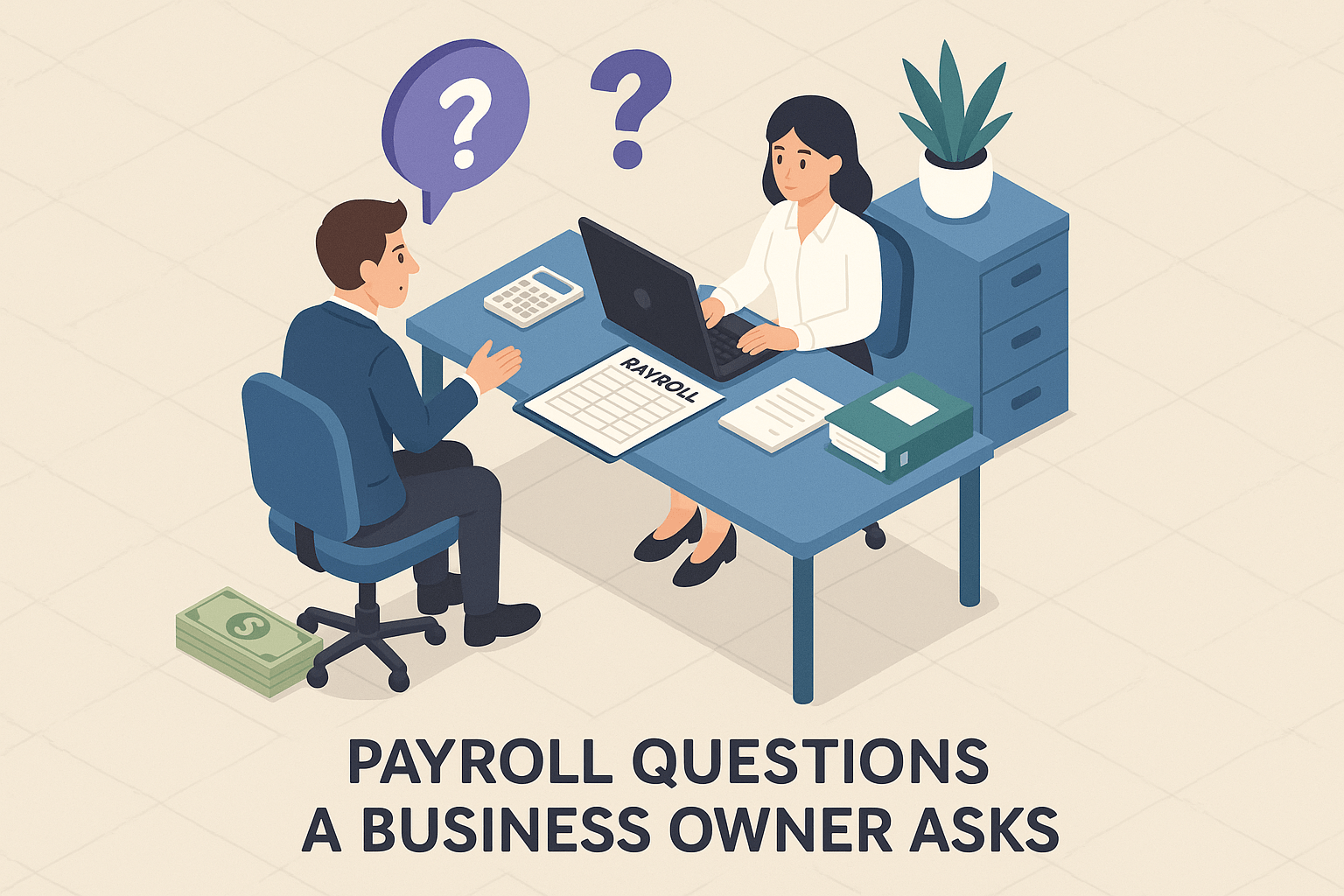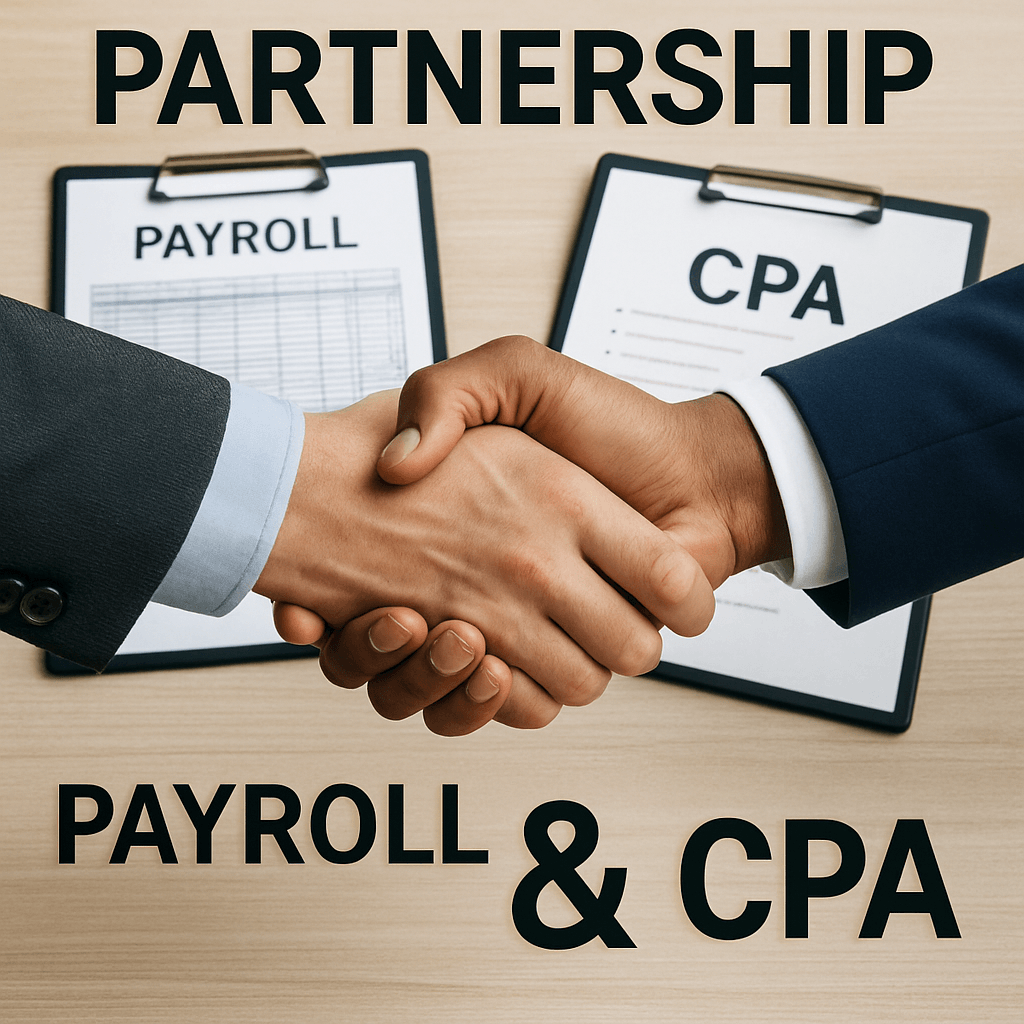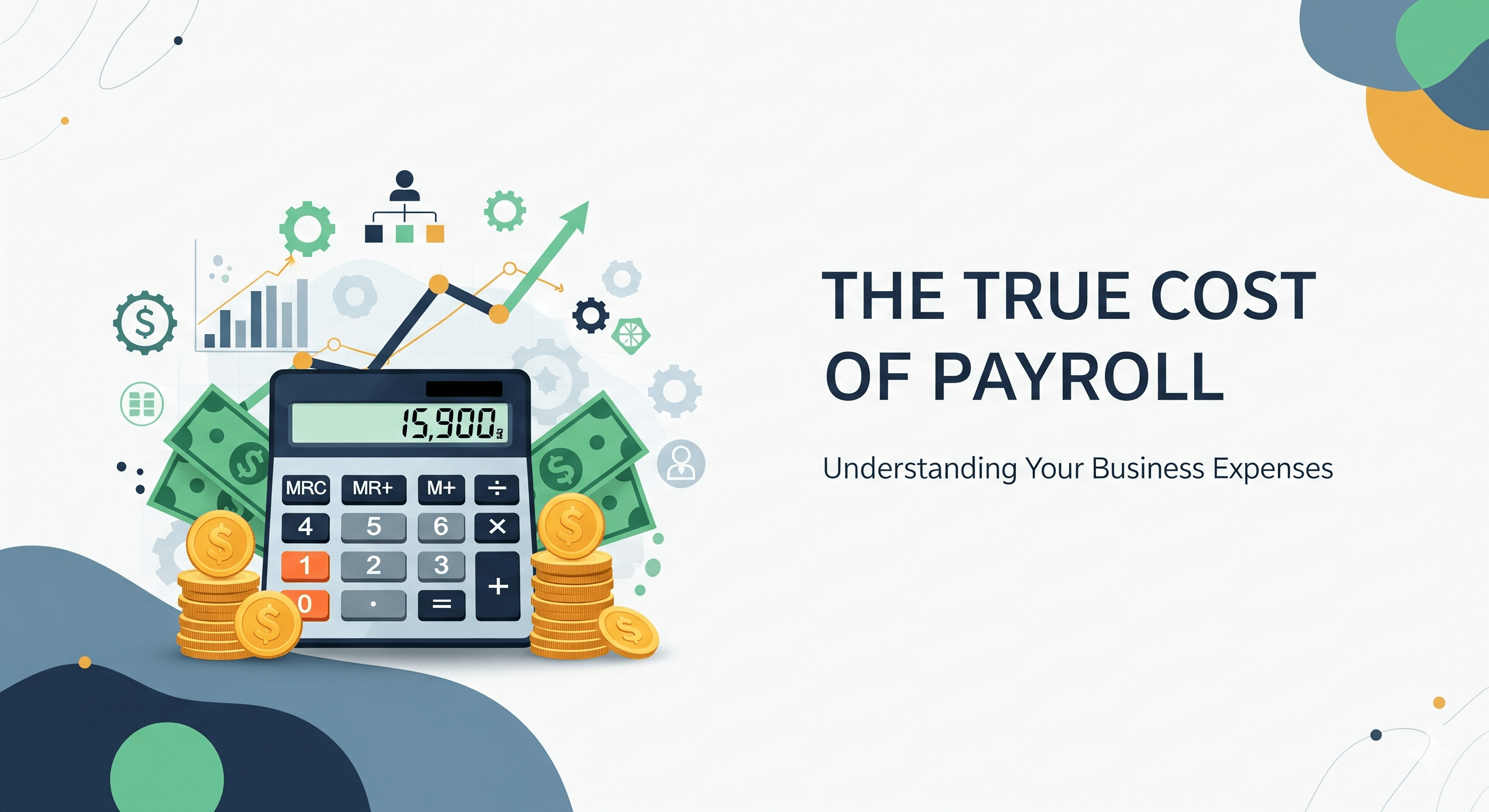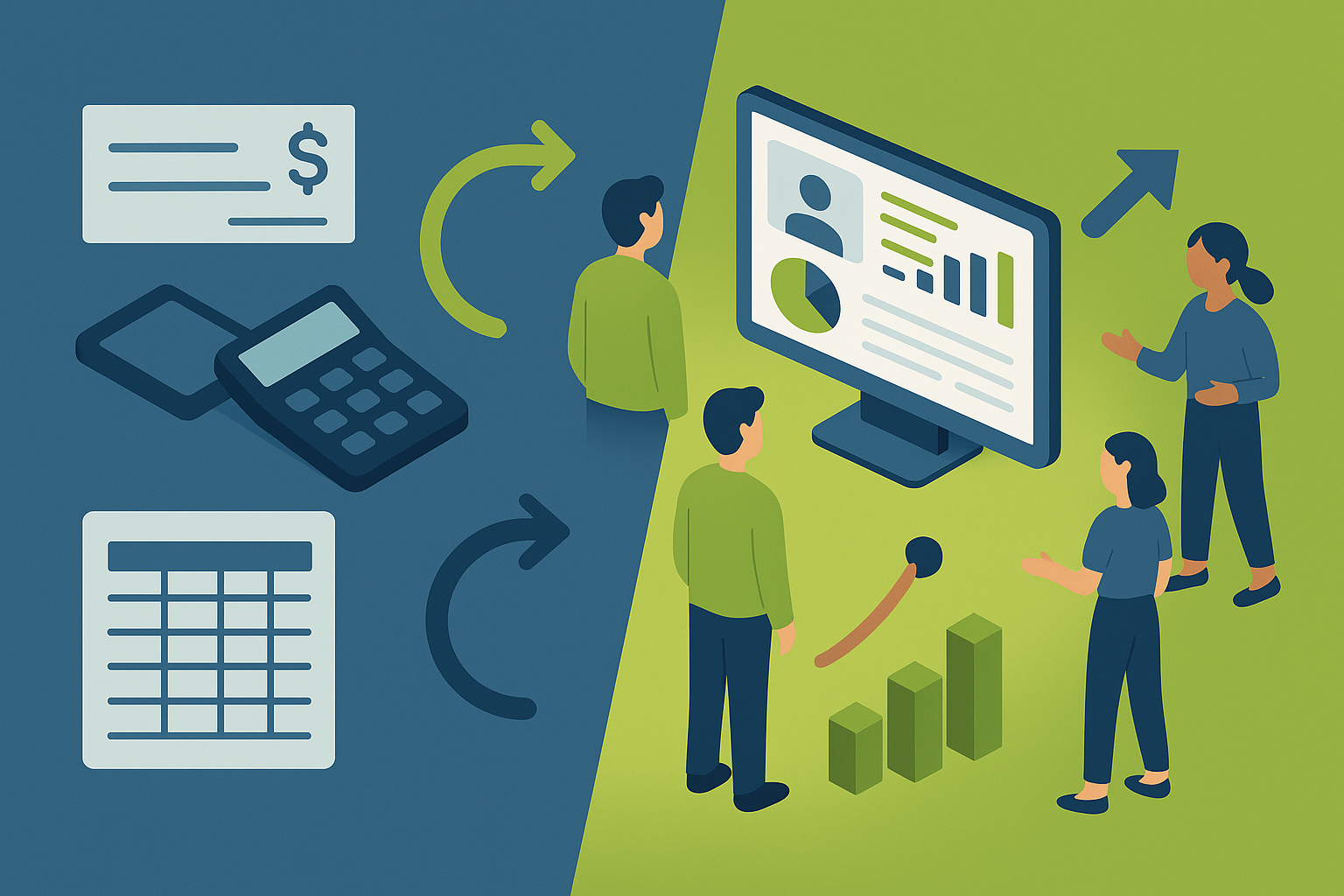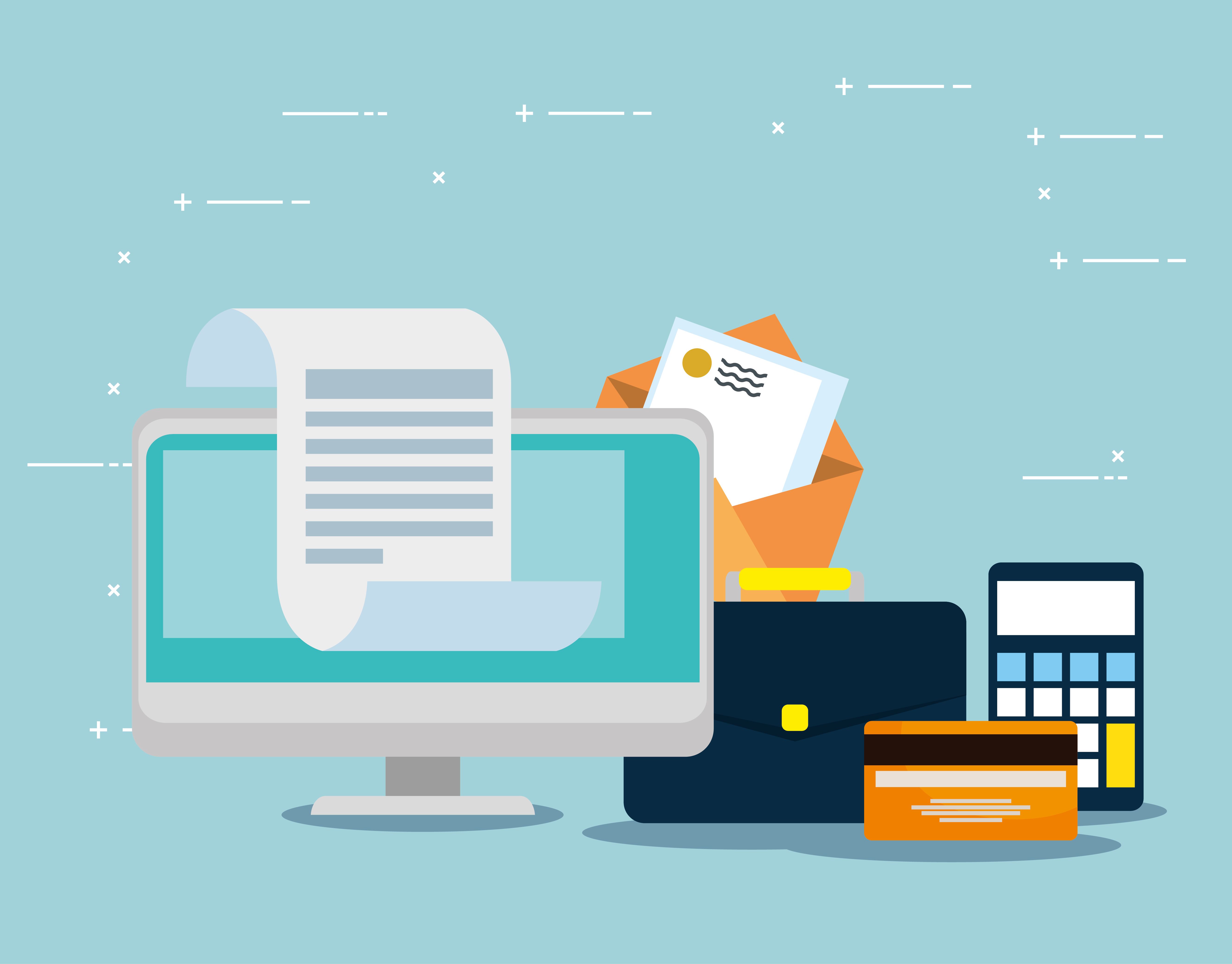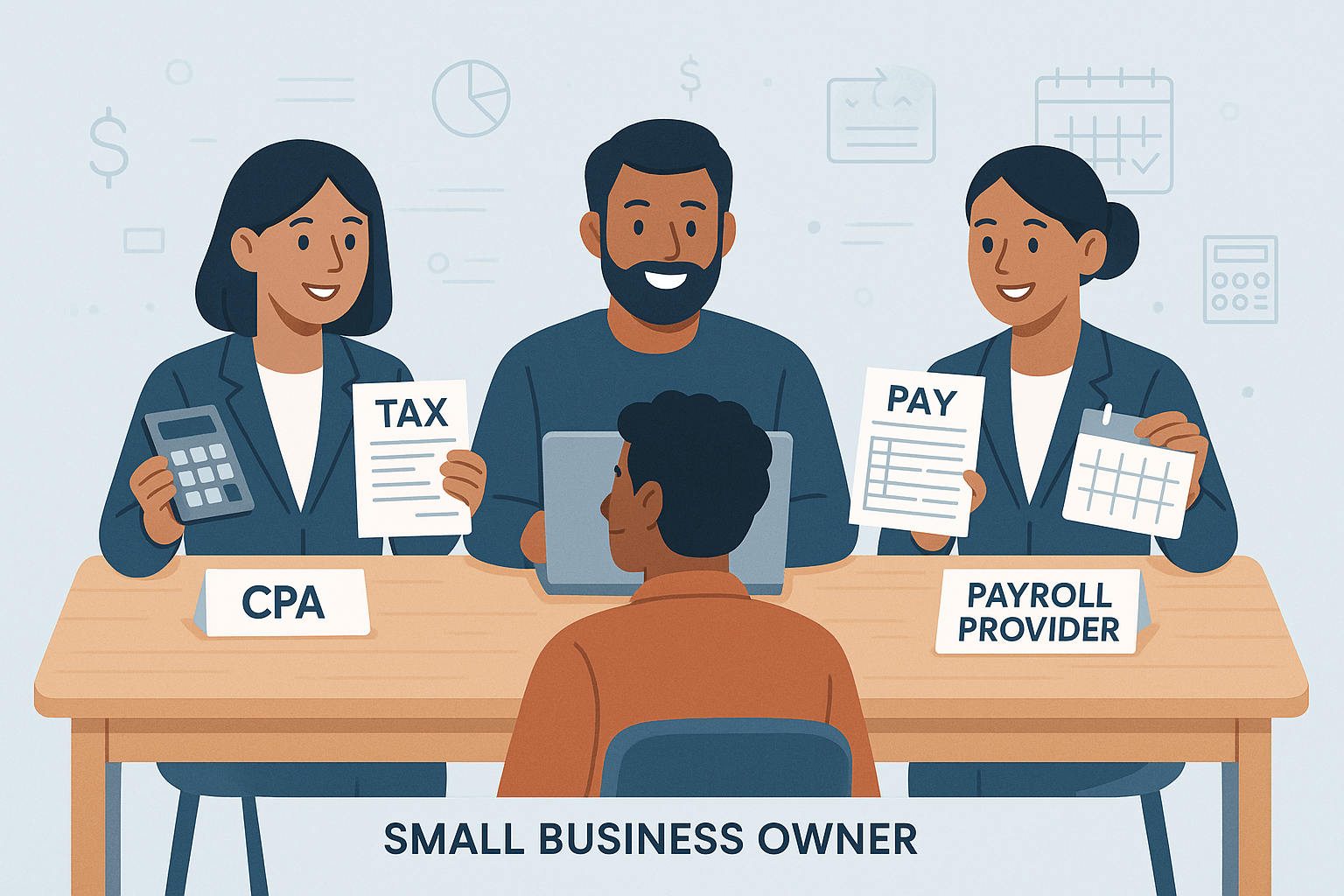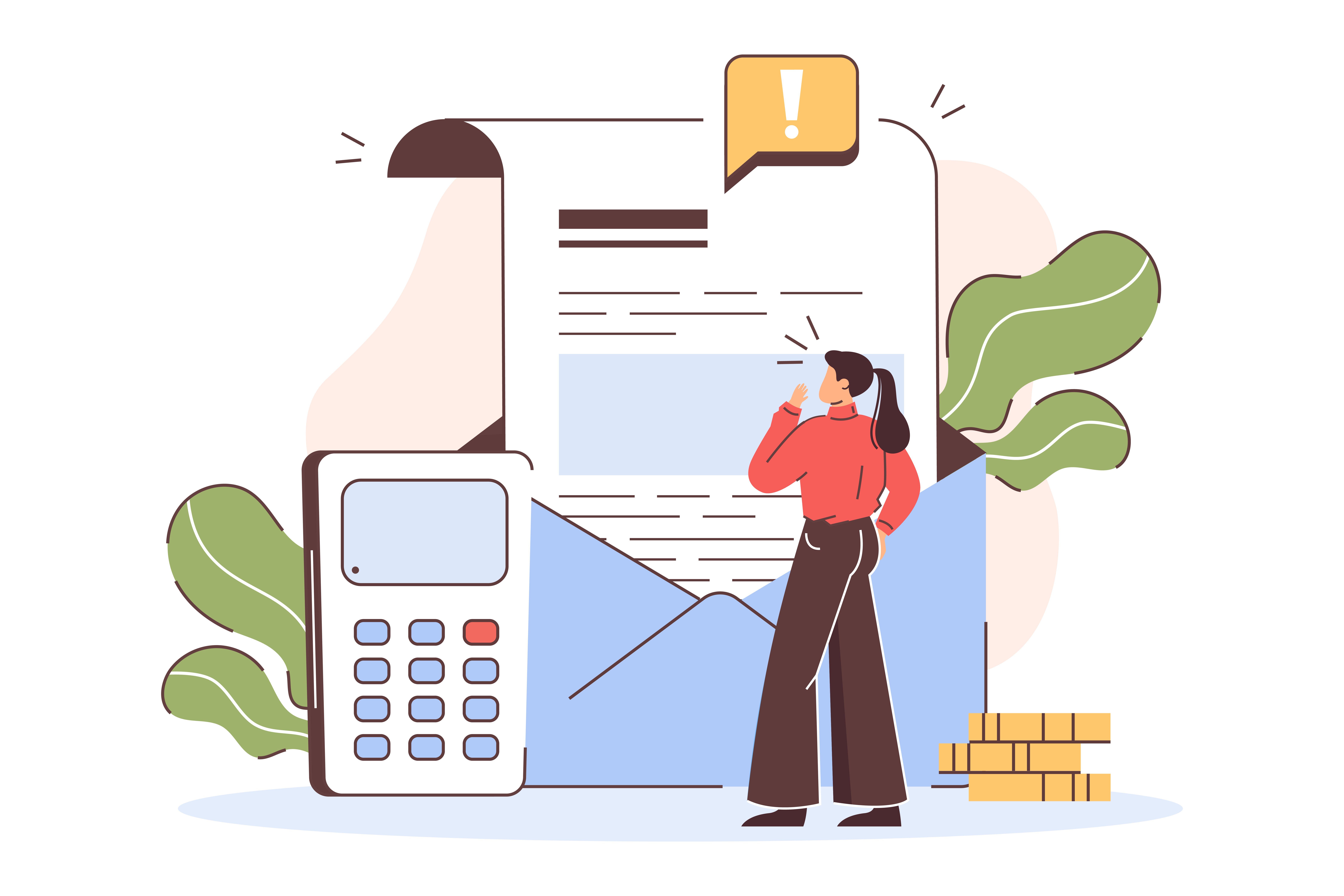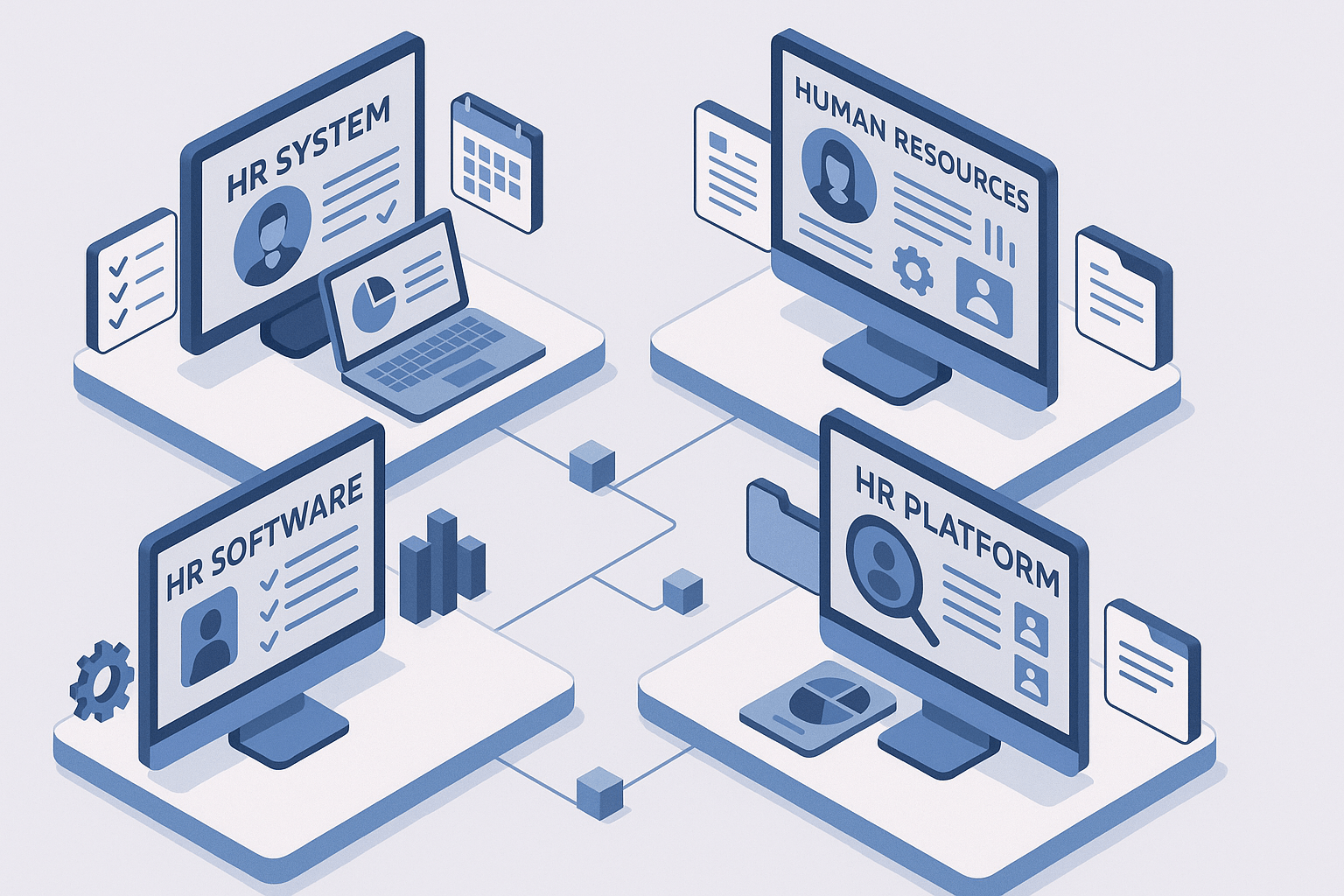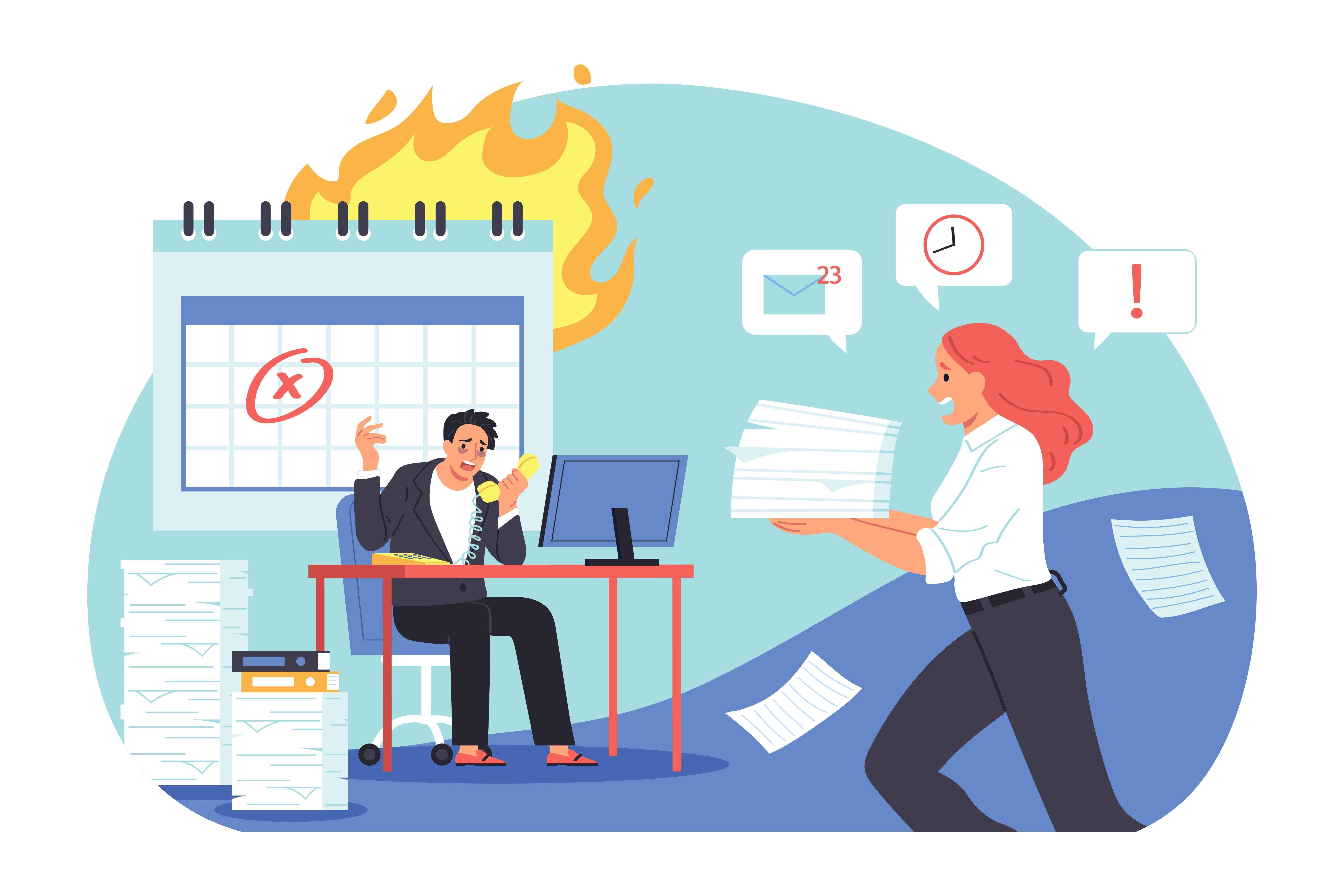
Navigating the payroll maze can be a real headache for business owners. From the mind-numbing chore of cutting checks to the limitations of direct deposit, managing payroll can feel like a never-ending cycle. This is especially true for employers looking to support employees without access to conventional banking services.
At Lift HCM, we understand the limitations of traditional banking. With over 55 years of expertise in the payroll industry, we know the frustration firsthand. In this article, we'll provide an overview of pay cards, explaining their function, common problems, and benefits for both employers and employees. By the end, you'll have the information needed to decide if a pay card is the solution your current business needs.
Did you know? 💡
Nationwide, 6% of households are unbanked, meaning no family unit member has a bank account.
Table of Contents
What is a Pay Card?
A pay card is essentially a prepaid card that employers use to pay their employees' wages. Instead of receiving a paycheck or direct deposit to a bank account, the employee's earnings are loaded onto a payroll card. These cards function like debit cards, allowing employees to withdraw cash, make purchases, and manage their finances without a traditional bank account.

How Does a Pay Card Work?
Think of a pay card as a debit card you preload with funds. Here is how it works in a few simple steps:
Step 1
Employer enrollment: The employer partners with a pay card provider and enrolls employees who choose to receive their wages this way.
Step 2
Issuance: Employers provide pay cards to employees who opt for this payment method. Each card is linked to the employee’s payroll account.
Step 3
Loading Funds: Instead of depositing money into a bank account on payday, the employer loads the employee’s pay directly onto the pay card.
Step 4
Usage: Employees can use the pay card like any other debit card. They can make purchases, withdraw cash from ATMs, and pay bills online.
For businesses, the convenience of loading funds directly onto pay cards can streamline payroll processes, reduce the need for paper checks, and potentially save on banking fees. Pay cards also offer employees immediate access to their earnings without a traditional bank account.
Common Problems with Pay Cards
While pay cards offer benefits, they have their drawbacks. Understanding these potential issues can help you make an informed decision. Here are some common problems associated with pay cards:
- Fees: As mentioned earlier, pay cards can come with various fees that may increase over time. Employees need to be aware of these fees to avoid unnecessary costs.
- Limited Access to Funds: While pay cards provide immediate access to funds, employees may still need help accessing their total balance. For example, ATM withdrawal limits can restrict how much cash can be withdrawn at once.
- Fraud and Security: Pay cards, like any other financial tool, can be susceptible to fraud. Employees need to protect their card information and report any suspicious activity immediately.
- Compatibility: Not all merchants accept pay cards, which can be inconvenient for employees who rely on them for everyday purchases.
However, most of these obstacles can be effectively addressed by educating employees and selecting a trustworthy pay card provider with strong security measures.
Benefits of Pay Cards
Pay cards offer several advantages for both employers and employees.
For Employers:
- Streamlined Payroll: Pay cards simplify the payroll process by eliminating the need for paper checks and direct deposits. This can reduce administrative burdens and save time.
- Cost Savings: Businesses can save on banking fees associated with processing traditional paychecks using pay cards. Costs can also be reduced since checks do not need to be printed and mailed.
- Inclusivity: Pay cards provide an option for employees who may not have access to traditional banking services, ensuring everyone can receive their pay without issues.
- Security: Reducing the number of paper checks can decrease the risk of check fraud and lost or stolen checks.

For Employees:
- Immediate Access to Funds: Employees can access their pay as soon as it’s loaded onto the card without waiting for checks to clear.
- Convenience: Pay cards are versatile financial tools that can be used for everyday purchases, bill payments, and ATM withdrawals.
- No Bank Account Required: Employees without a traditional bank account can still receive and use their pay efficiently.
- Budgeting Tools: Many pay card providers offer online tools and mobile apps to help employees manage their money and track spending.
- Security: Lost or stolen pay cards are more secure than missing paper checks.
Ready to Simplify Your Payroll Process?
In this article, we outlined what a pay card is, how it works, common problems, and the benefits. Pay cards may be a valuable addition to your payroll management system.
With years of experience in the industry, Lift HCM has the expertise and knowledge to tailor our solutions to your specific business needs. We pride ourselves on our exceptional customer service and our commitment to providing innovative, reliable technology that makes a real difference for your business.
Jason Noble is a seasoned expert in payroll and human capital management. With a wealth of experience in streamlining payroll processes and optimizing workforce management, Jason has successfully held key roles at leading organizations. His deep understanding of industry best practices ensures that his insights are both practical and authoritative.
Topics:





